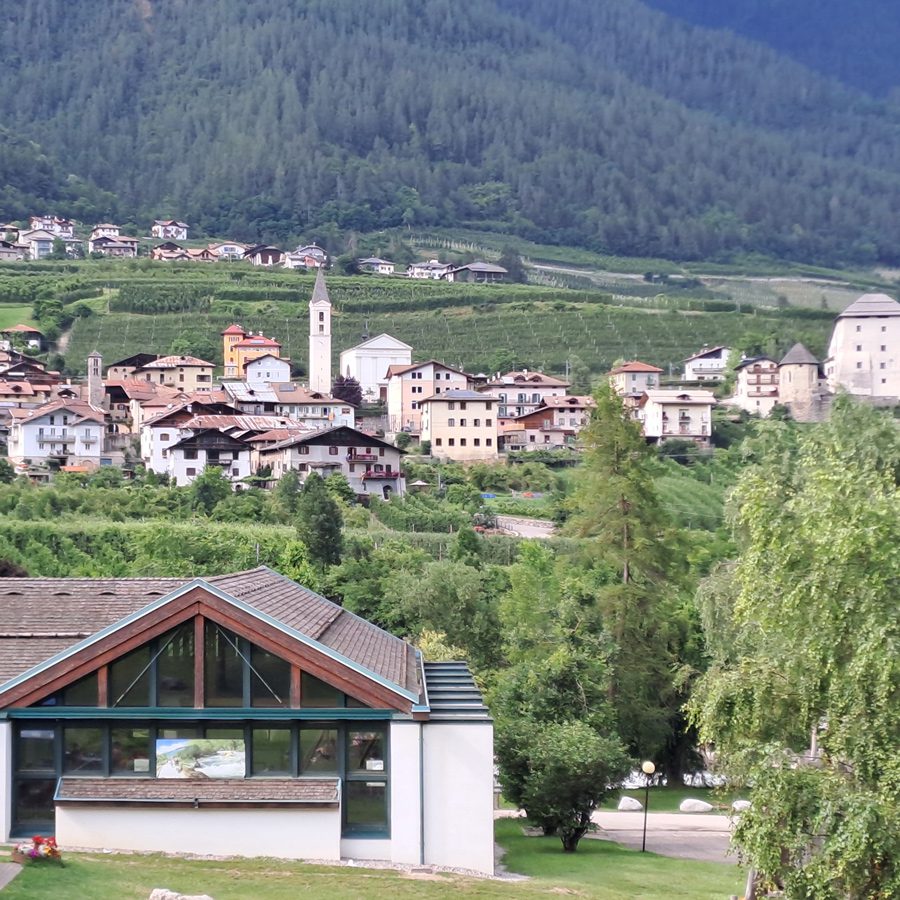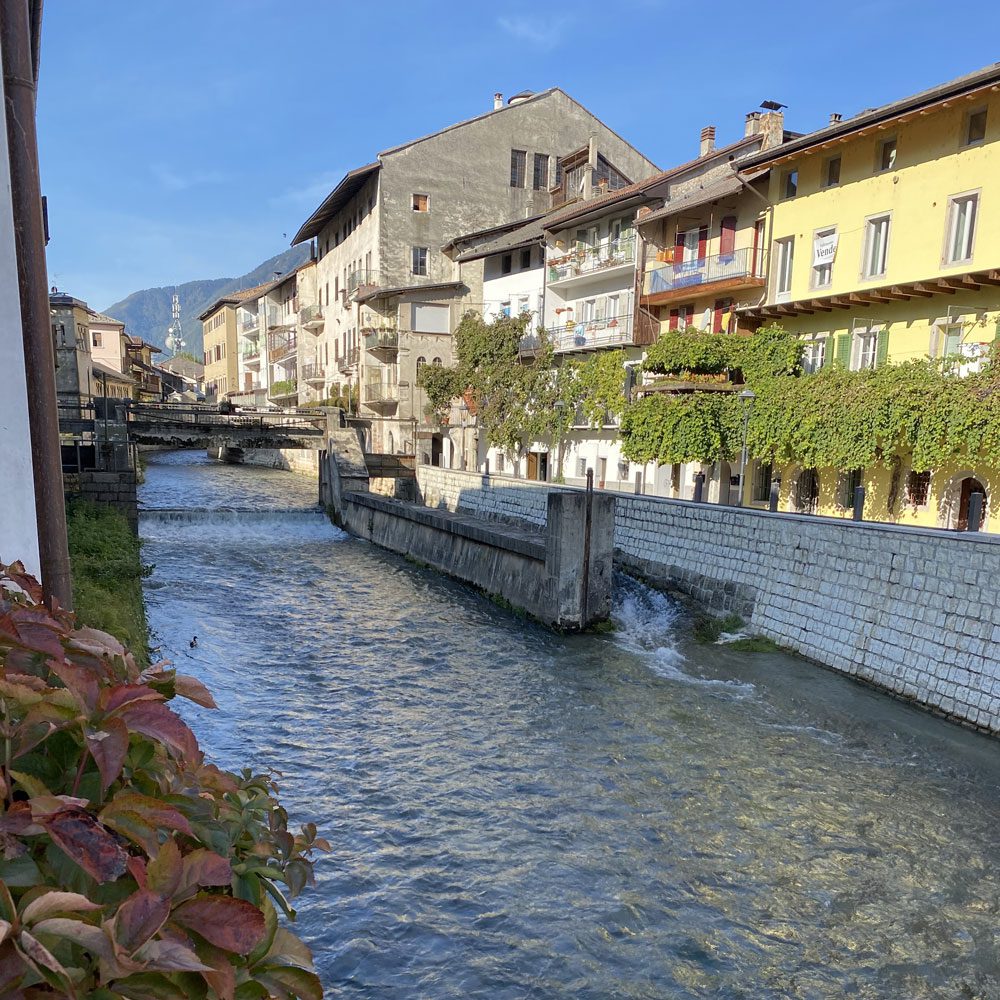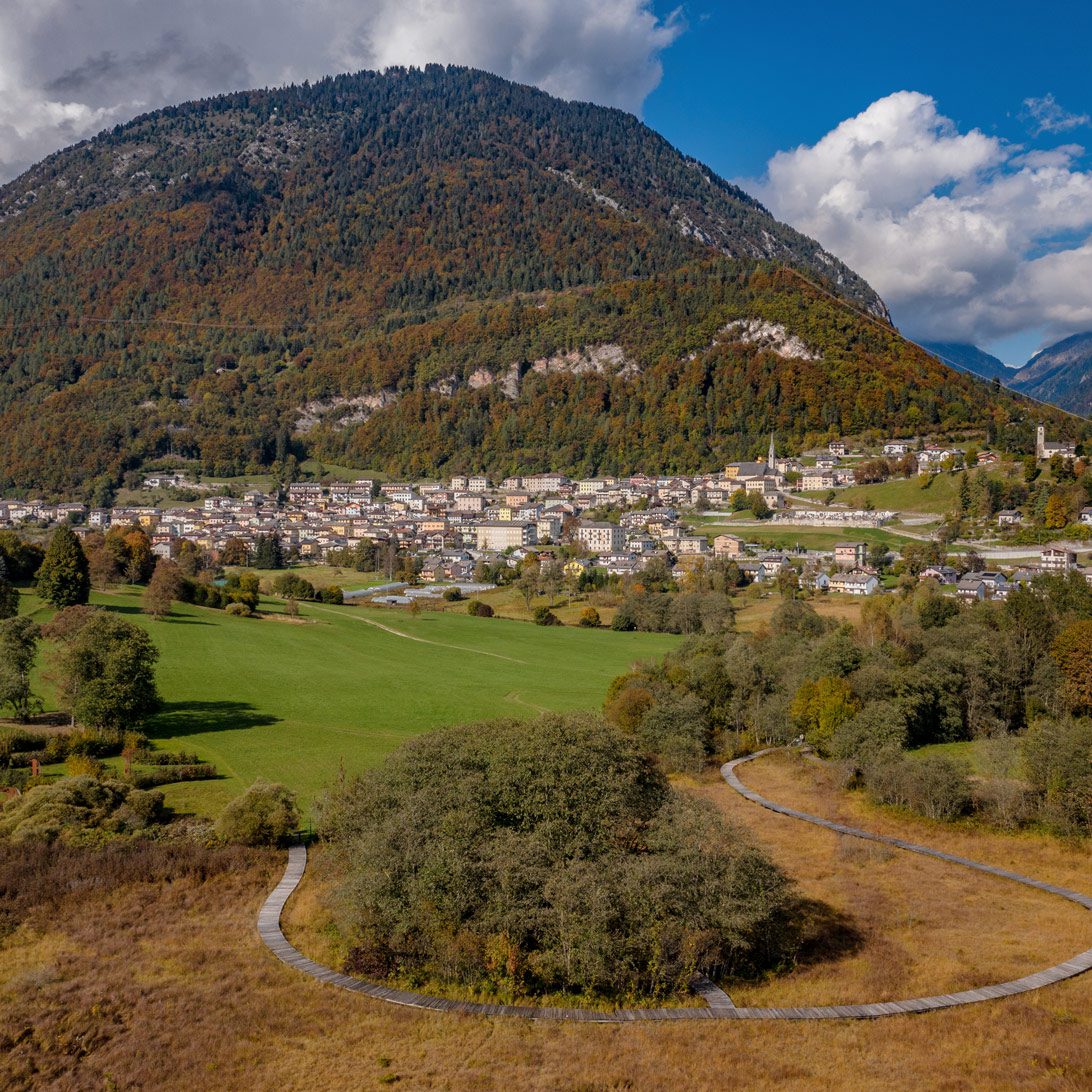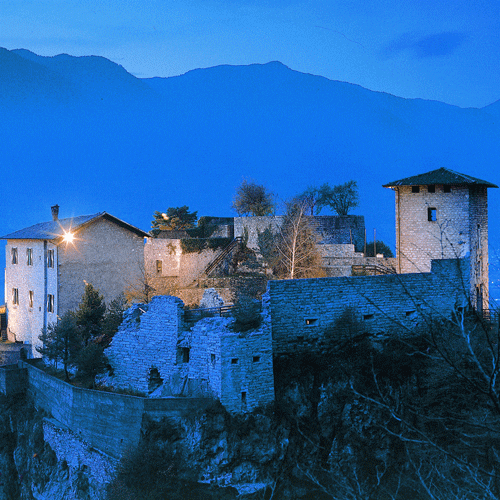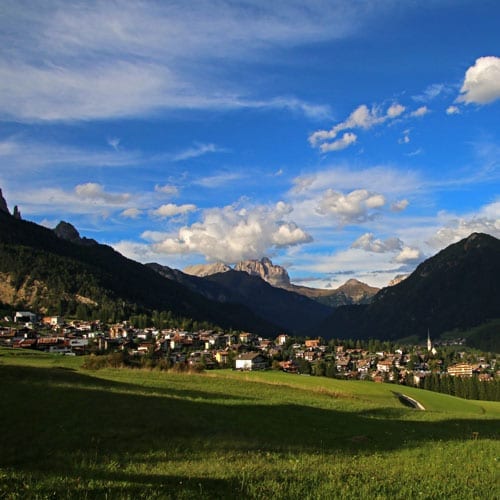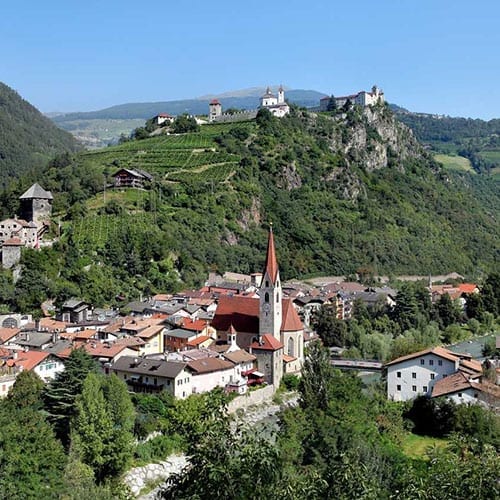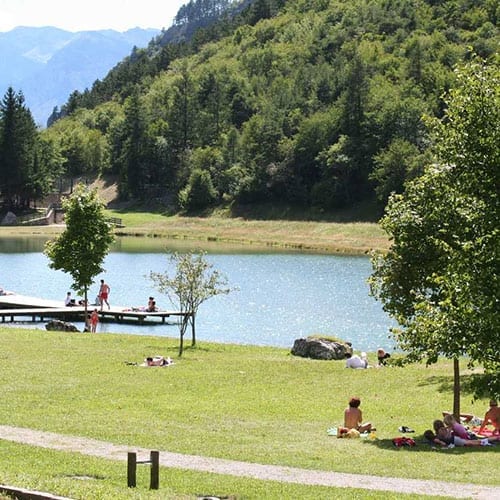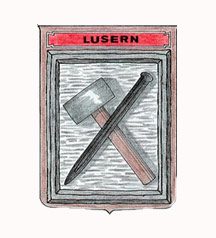 Luserna
Luserna
municipality of Luserna
(Province of Trento)
Altitude
m. 1333 s.l.m.
population
276
patron saint
S. Antonio da Padova, 13 giugno; S. Giustina, 7 ottobre
turist information
Centro Documentazione Luserna onlus – Ufficio APT Alpe Cimbra, Via Trento-Stradù, 6 – Tel. 0464.789638 Mail: info@lusern.it;

Luserna is a small borgo where history, culture and traditions have merged creating a solid and recognizable identity. Here Cimbrian is spoken, an ancient language of Germanic origin. Luserna is a bridge between Italian and German culture, between Veneto and Trentino plain and mountains. Groups of German settlers arrived on the plateau between the Brenta and Adige rivers around the 13th century and founded small rural communities of sheep farmers and loggers. The borgo rises along the main road, many houses dating back to previous centuries have ‘exposed stone’ façades with dormer windows; many external staircases are also made of hand-carved local limestone, while others are made of wood; a former 19th-century trattoria and old buildings have been converted into guesthouses or restaurants. The Haus von Prükk museum preserves the original characteristics of a 19th-century Cimbrian farmer’s residence, with clothing, furnishings and objects. Its simplicity testifies to the constructive capacity of the local workers. The Church of Sant’Antonio da Padova was inaugurated in 1922. The old 19th century German school has become the seat of the Cimbro Institute. In the upper part of the village, in Hüttn/Baiti, there are centuries-old huts and stables.
The local restaurants prepare both national and local traditional dishes, such as orzetto, canederli, game, stew with potato polenta (patattana pùlt), sweets with warm apples and mountain honey and strudel.
Ciaspomagna Cimbra, 15th January: the trek starts in the evening from Millegrobbe and climbs up a 6km path.
Bruciare il Marzo, on the last Saturday of February, an ancient tradition of children collecting wood and forming piles that are lit during the night.
Natale alla “Haus von Prükk”, Dec.26: Christmas is celebrated in the Haus von Prükk which comes alive for a day and recounts its daily activities, accompanied by the children’s choir of Lusérn.




